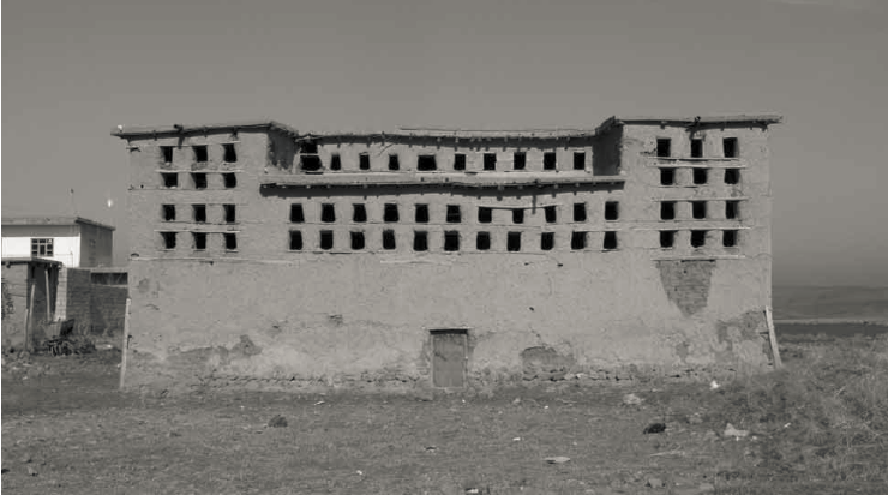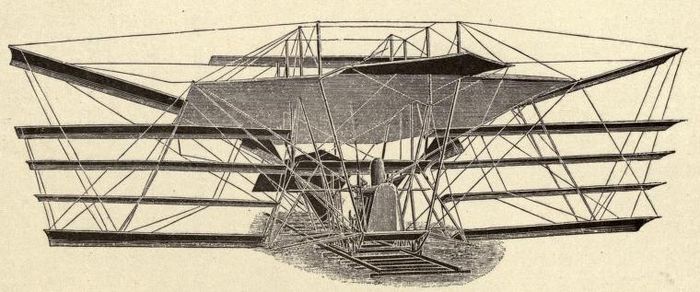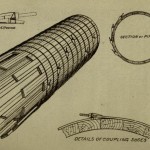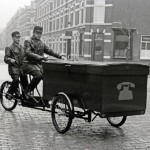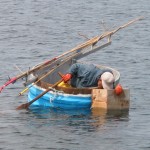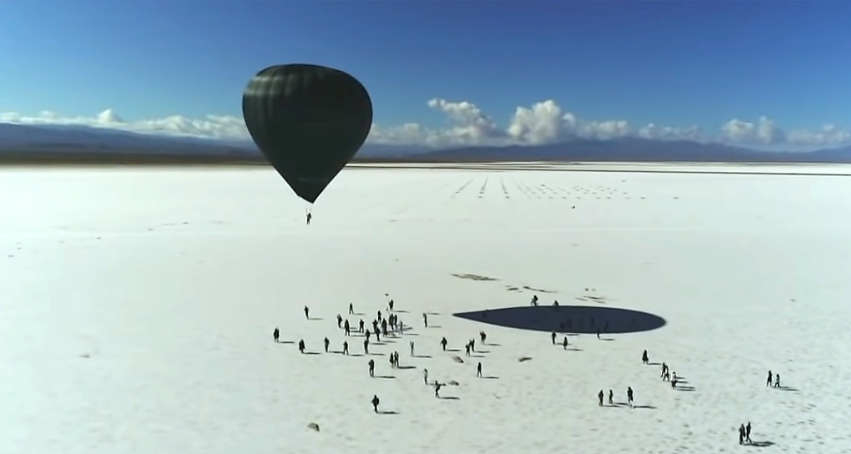
If you picture a flying machine, you probably imagine a craft which is heavier than air, somehow kept aloft with wings or propellers. Heavier-than-air flight dominates discourses about aviation. “Sustainable” crafts are designed to be as light as possible (whilst remaining heavier than air), so that they require less energy from whatever renewable source they use for lift. These machines include human-powered planes such as those using pedals to rotate a propeller. Lighter still are kites and gliders, which remain heavier than air, but rely on air resistance and lighter air around them to fly.
Less discussed are flying machines which are lighter than the air they fly through because the weight of their materials and passengers is counterbalanced by the hot air or light gases they contain. [1] Perhaps this is because most of us experience flight in passenger airliners, not Zeppelins. In theory, making lighter-than-air flight sustainable is simple: heat a container full of air with sunlight so that it rises. In January 2020, Leticia Noemi Marqués flew freely in the Aerocene Pacha solar balloon, the first Fédération Aéronautique Internationale certified fully-solar, untethered, manned flight. Previous flights of this kind went uncertified or relied on propane burners or inflation generators [2]. Aerocene Pacha flies on solar energy not from solar panels or batteries but absorbed directly in the envelope (the fabric of the balloon). [Read more…]
